
cd_nom
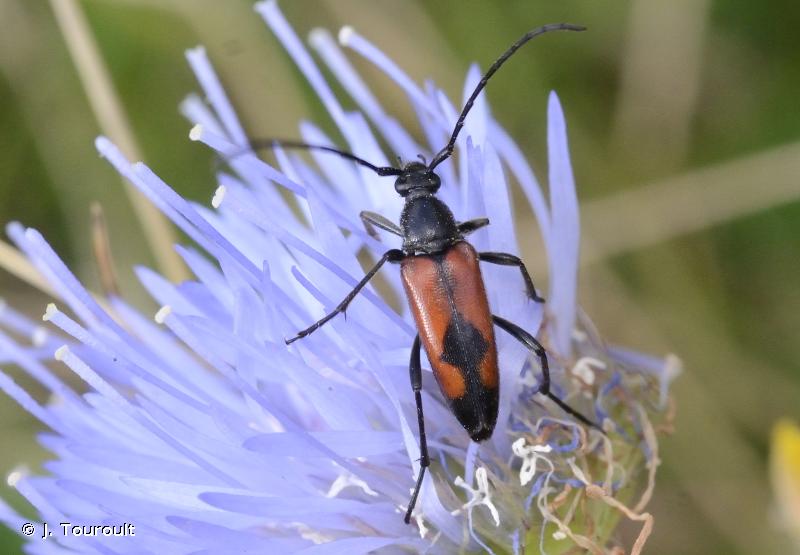
| Auteur : J. Touroult |
 |
Pour se procurer la photo originale ou demander une autorisation d'utilisation, consulter :
Malgré la licence Creative Commons, n'hésitez pas à informer l'auteur de l'utilisation qui sera faite de sa photo
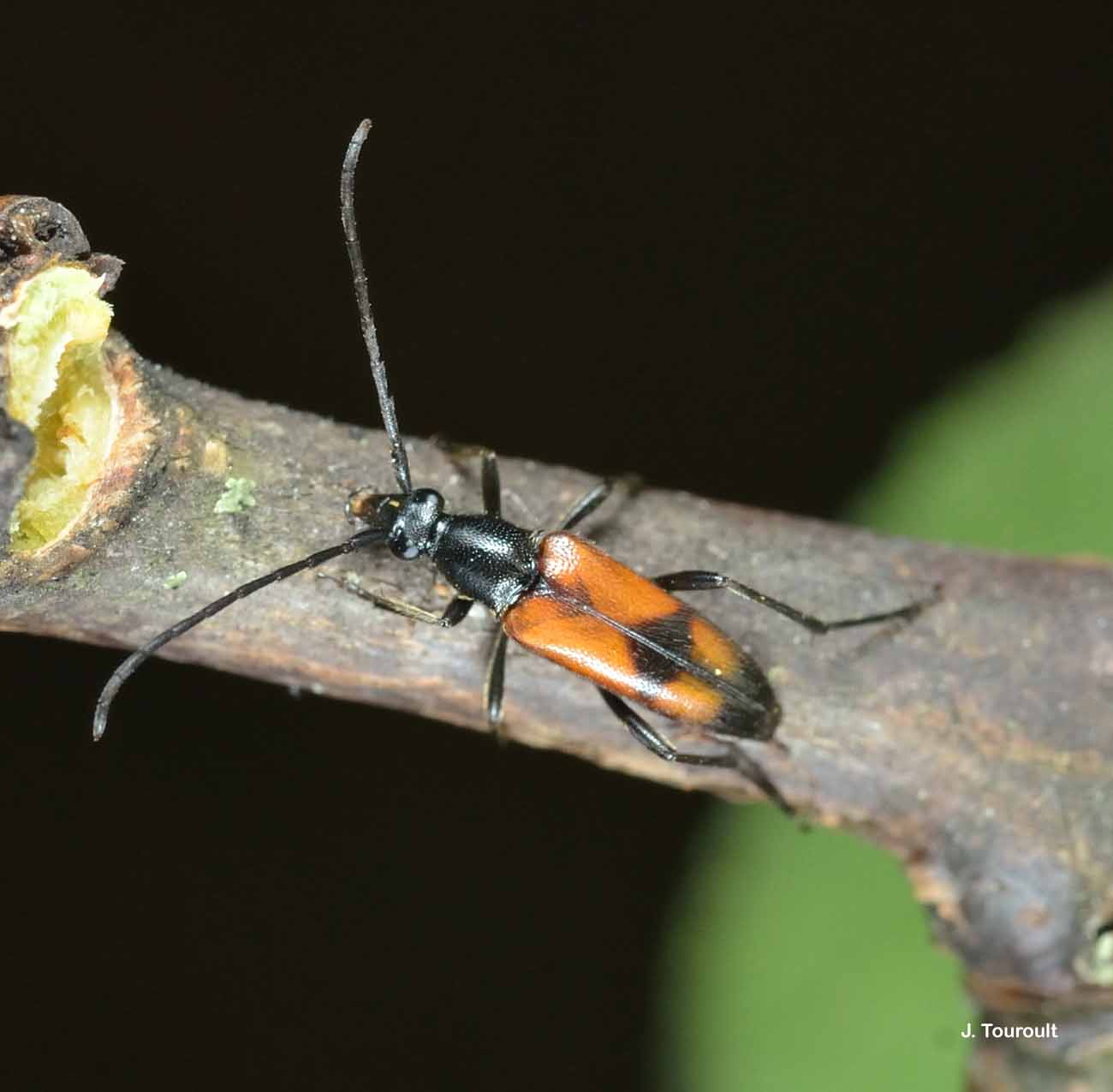
| Auteur : J. Touroult |
 |
Pour se procurer la photo originale ou demander une autorisation d'utilisation, consulter :
Julien TOUROULT
Muséum national d'Histoire naturelle - Service du Patrimoine Naturel
36 rue Geoffroy Saint-Hilaire
CP 41
75 231 PARIS CEDEX 05
e-mail : inpn@mnhn.fr
Légende : Femelle
Malgré la licence Creative Commons, n'hésitez pas à informer l'auteur de l'utilisation qui sera faite de sa photo
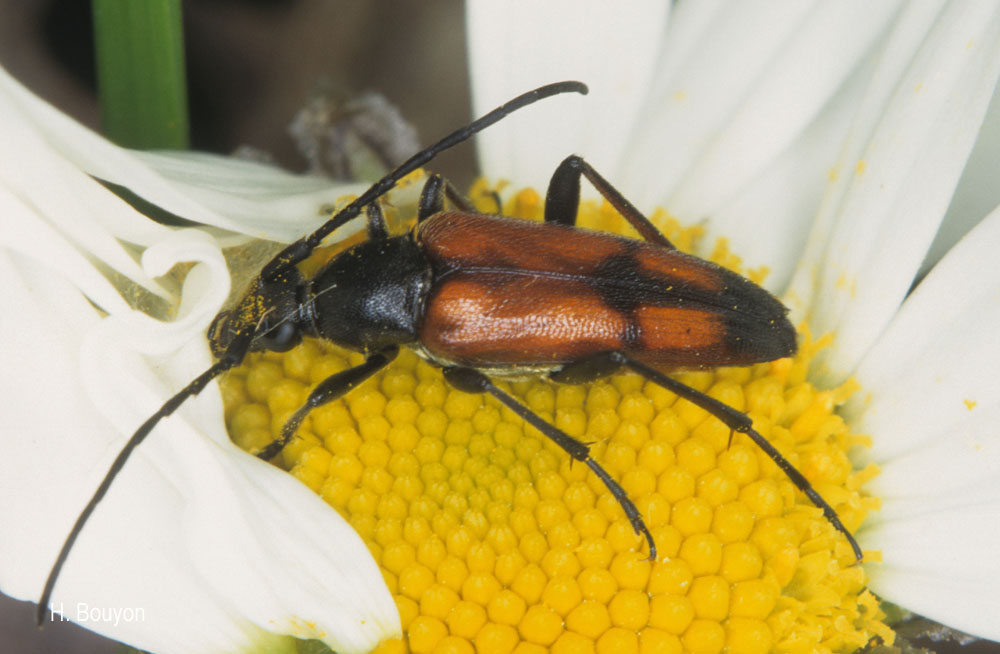
| Auteur : H.Bouyon |
 |
Pour se procurer la photo originale ou demander une autorisation d'utilisation, consulter :
Bouyon Hervé
herve.bouyon@wanadoo.fr
Toute réutilisation de la présente photographie doit faire l’objet d’une demande d’autorisation auprès de l’auteur.
Lien vers le code de la propriété intellectuelle (Legifrance)
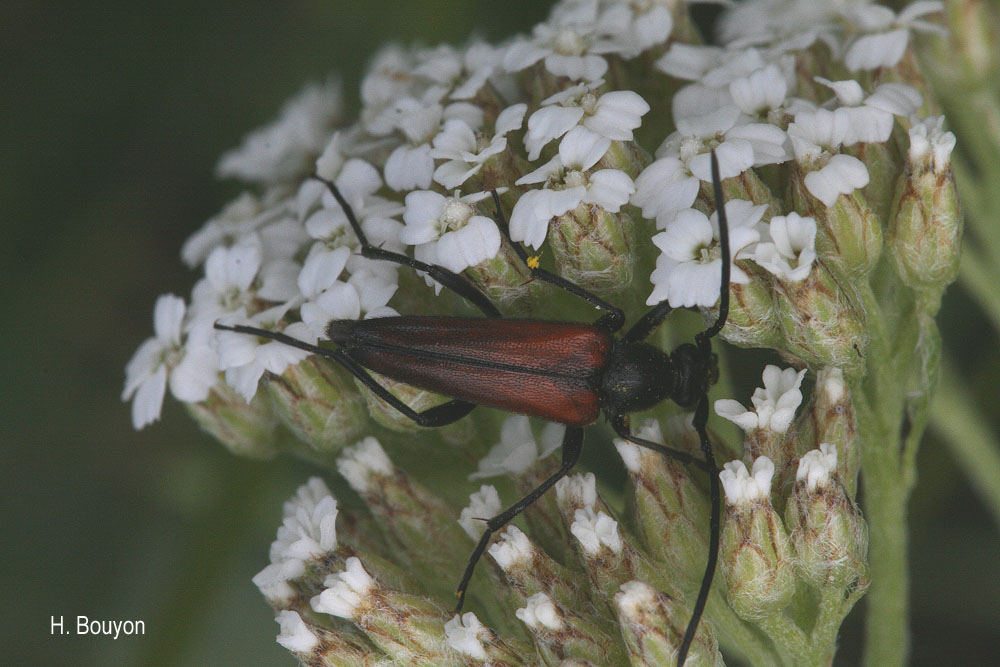
| Auteur : H.Bouyon |
 |
Pour se procurer la photo originale ou demander une autorisation d'utilisation, consulter :
Bouyon Hervé
herve.bouyon@wanadoo.fr
Toute réutilisation de la présente photographie doit faire l’objet d’une demande d’autorisation auprès de l’auteur.
Lien vers le code de la propriété intellectuelle (Legifrance)
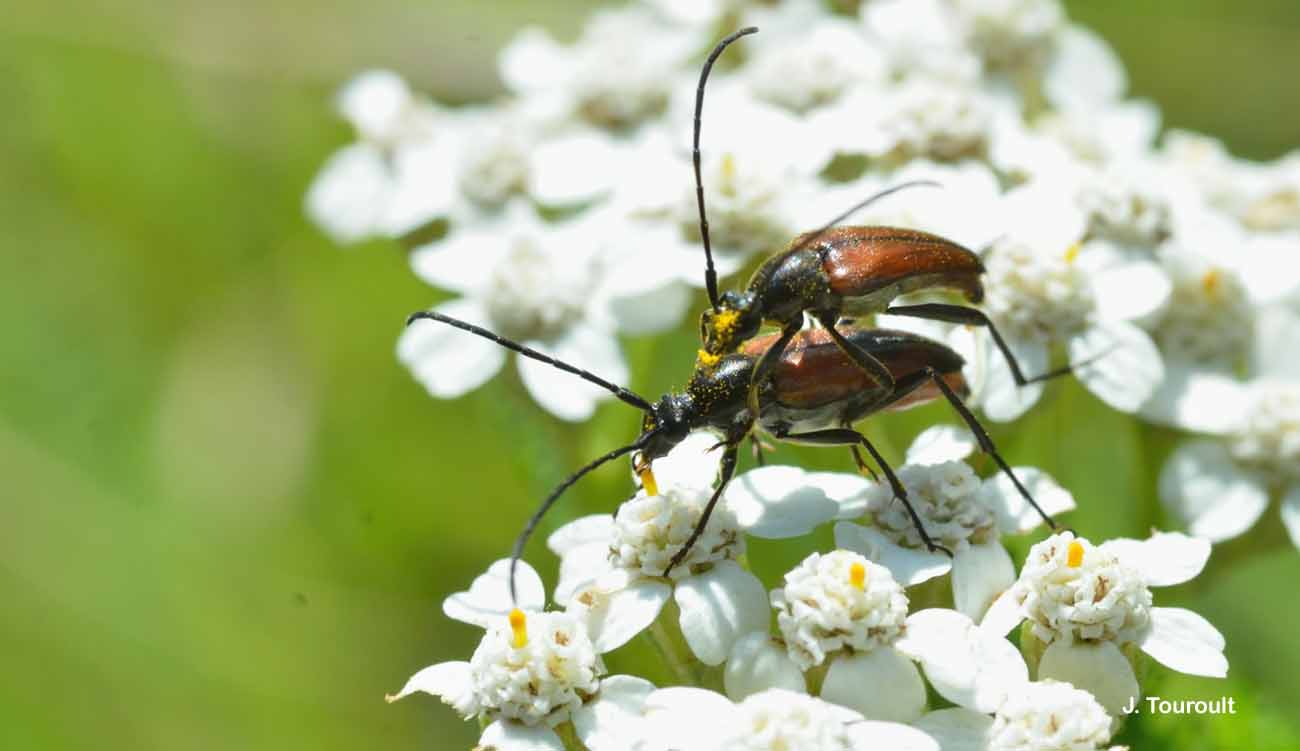
| Auteur : J. Touroult |
 |
Pour se procurer la photo originale ou demander une autorisation d'utilisation, consulter :
Julien TOUROULT
Muséum national d'Histoire naturelle - Service du Patrimoine Naturel
36 rue Geoffroy Saint-Hilaire
CP 41
75 231 PARIS CEDEX 05
e-mail : inpn@mnhn.fr
Malgré la licence Creative Commons, n'hésitez pas à informer l'auteur de l'utilisation qui sera faite de sa photo
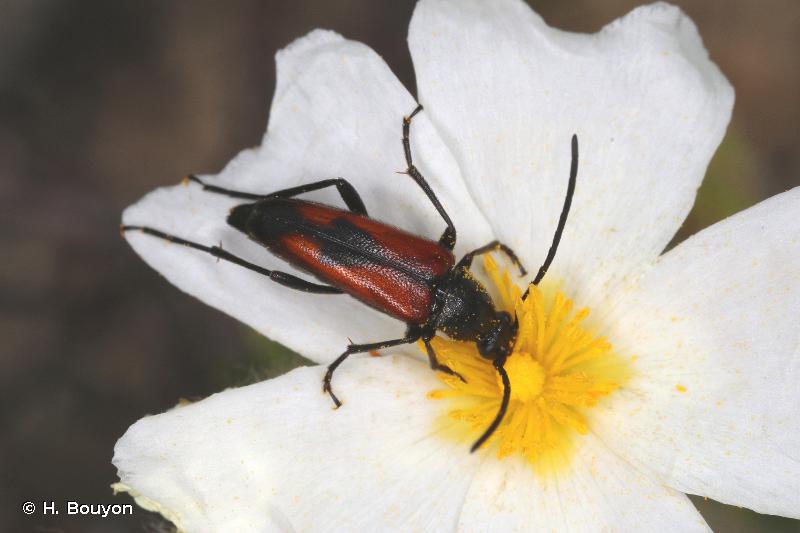
| Auteur : H. Bouyon |
 |
Pour se procurer la photo originale ou demander une autorisation d'utilisation, consulter :
Toute réutilisation de la présente photographie doit faire l’objet d’une demande d’autorisation auprès de l’auteur.
Lien vers le code de la propriété intellectuelle (Legifrance)
Taille : 6-10 mm
Diagnose :
Petit lepture à stature étroite. Corps noir sauf l'abdomen rougeâtre et les élytres rouge sombre. Chez le mâle les élytres sont unis sauf l'extrémité qui est sombre, chez la femelle, ils présentent une tache noire caractéristique vers le milieu, en forme de triangulaire ou arrondie.
Détermination : moyennement difficile; simple pour la femelle; possible sur photo pour la mâle avec une vue de l'abdomen.
Espèces proches :
Le mâle ressemble beaucoup à celui de Stenurella melanura et s'en distingue surtout par son abdomen rougêatre (noir chez S. melanura). La femelle est parfois confondue avec Stictoleptura cordigera en raison du motif en forme de cœur sur les élytres, mais S. cordigera est un lepture beaucoup plus grand (toujours > 10 mm).
Période d'observation :
Adultes observés de mai à août, avec un pic en juin et début juillet.
Biologie-éthologie :
Larve saproxylophage, consommant le bois décomposé de plusieurs types d'arbres, surtout des feuillus. Cycle de développement peu connu. Adulte diurne et floricole, pouvant s'observer sur de nombreux types de fleurs.
Biogéographie et écologie :
Espèce répandue de l'Espagne à la Sibérie, plutôt méridionale (absente du Royaume-Uni et de Scandinavie). En France, elle est commune sauf dans les régions les plus au nord. Elle fréquente les forêts feuillues et mixtes, les lisières, bosquets, bocages et maquis.
Julien Touroult(UMS 2006 Patrimoine Naturel (OFB / CNRS / MNHN)),2021
continental
Métropole
Outre-mer
marin
Métropole
Outre-mer
La carte présente une synthèse à la maille 10 x 10 km des données d’observation de l’espèce transmises au SINP. Ces données ont été soumises à des filtres de validation.
La carte présente une couche de répartition de référence de l’espèce à l’échelle des départements et des secteurs marins. Les données de présence et d’absence ont été établies par expertise au sein d’un réseau de partenaires. Cette répartition de référence est utilisée dans le processus de validation des données du SINP au niveau de l’INPN.
Correspond à un signalement sur la base d'au moins une observation avérée dans une période de 10 ans (20 ans pour les invertébrés peu connus) précédant l'année de référence et aucune présomption de disparition depuis l'obtention de la dernière donnée ni doute sur le caractère reproducteur et implanté de cette population. Pour les espèces migratrices, la pr&easence indiqu&eae concerne les zones de reproduction.
Ce statut se base sur un ou plusieurs des critères suivants :
Ce point recouvre l'absence, par nature plus difficile à démontrer que la présence. Ce statut se base sur un ou plusieurs des critères suivants :
Ce statut doit également être attribué à un département dans lequel la présence de l'espèce est occasionnelle.
Cas particulier d'absence liée à une disparition avérée depuis moins d'un demi-siècle (les disparitions anciennes sont traitées comme « absence probable ou certaine »).
Dans l'état des connaissances, on ne peut pas se prononcer sur la présence ou l'absence actuelle dans le département. Il s'agit du statut utilisé par défaut quand on ne se situe pas dans une des catégories précédente ou dès lors qu'il y a un doute.
La carte présente la répartition mondiale de l’espèce à partir des données du GBIF (Global Biodiversity Information Facility - Système mondial d'information sur la biodiversité).
